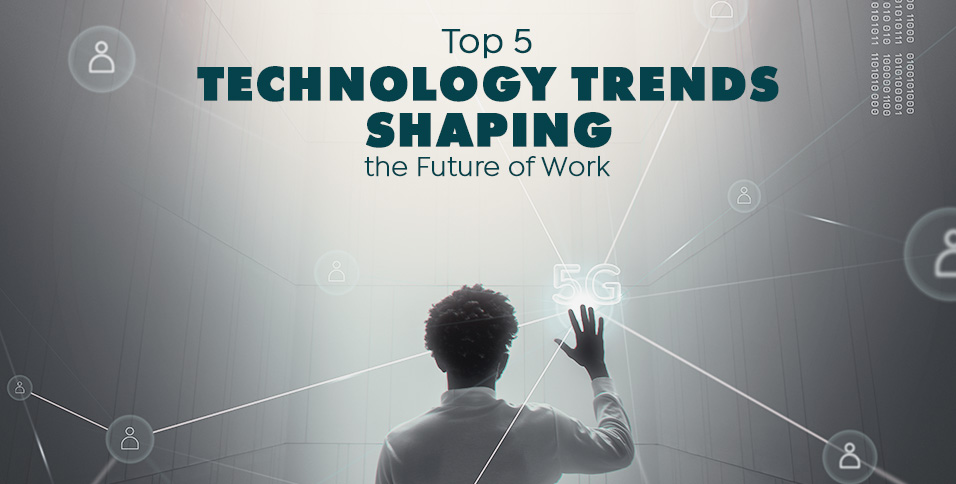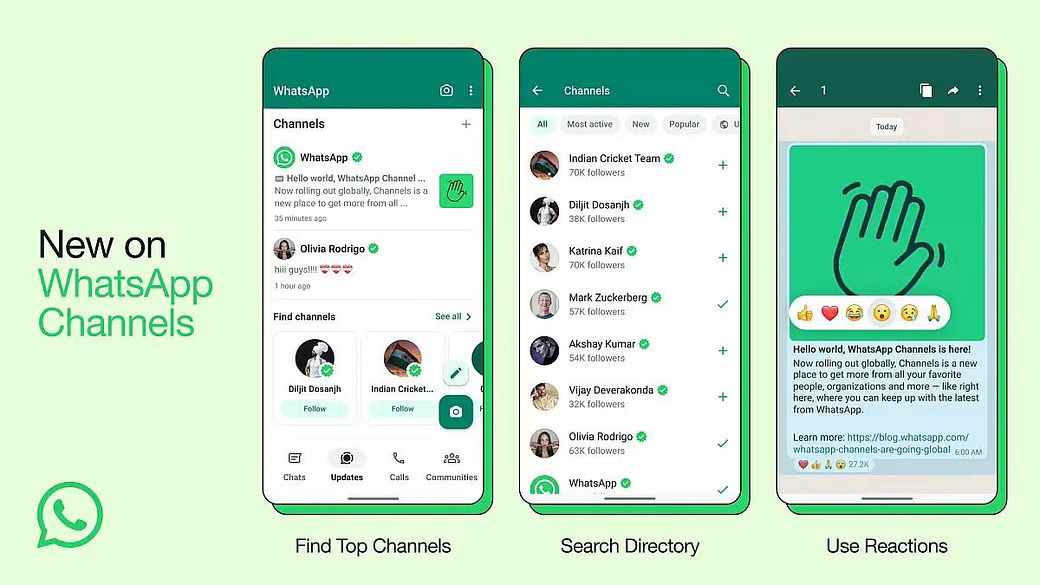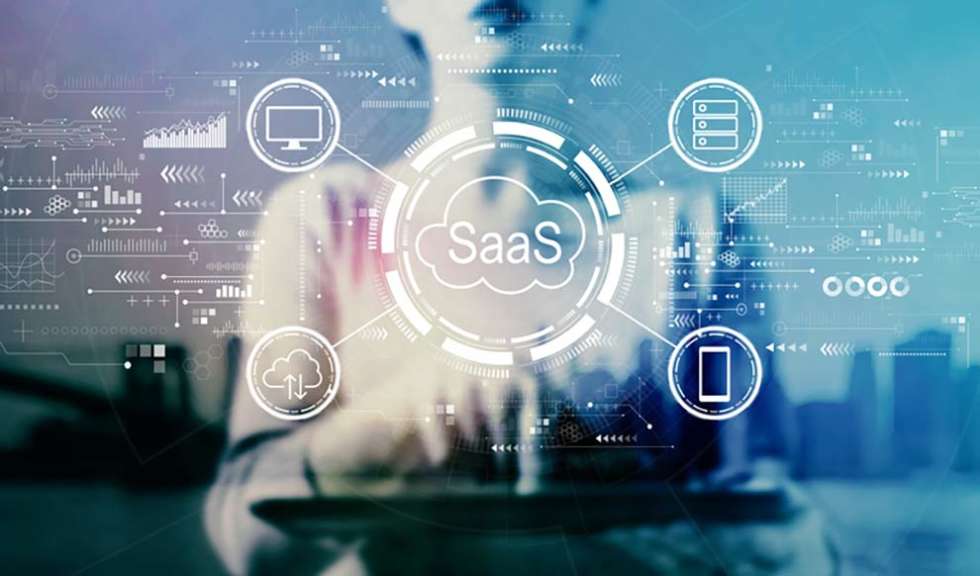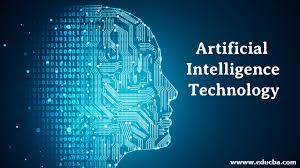HRMS vs. Manual Processes: Which Is Better for Your Team?

Techvizor is here to help you find the right HRMS solution tailored to your business needs. Contact us to learn more about how we can enhance your HR operations and make your team more productive.
One of the critical components of a successful business is team managing, which is primarily achieved through features of these processes. Nowadays, in the digital era, human resources management departments often have an issue in deciding whether they should buy a Human Resource Management System (HRMS) or they should still be using manual processes. This blog will lay out the pros and cons of both options, so you can see which will suit your team best.
What Is an HRMS?
HRMS (Human Resource Management System) is a digital platform that merges various human resource processes into one system. From handling the data of employees, their attendance, payroll, and performance to the recruitment process, an HRMS executes most HR functions, thus, human involvement is significantly diminished. Well-liked HRMS tools include SAP SuccessFactors, Zoho People, and BambooHR, all of which provide different sets of functionalities adapted to the requirements of various companies.
The Challenges of Manual HR Processes
Manual HR processes, in the reverse text, consist of staff operations done by hand or through basic software tools e.g. spreadsheets. One example of this is manually checking out time and attendance, manual payroll computation by calculation à la, and keeping hard-copy records for employee reviews and performance data instead of digitizing them. Evidently, manual operations dominated the workplace for many years, and yet they are burdened with plenty of issues now in the super-fast current business environment.
Key Differences: HRMS vs. Manual Processes
Here is a more detailed examination of the performance of HRMS and manual processes in various areas:
1. Efficiency
It is time-consuming and human error-prone to handle the manual processes. HR experts may write a mistake while generating the information or doing the payroll, which leads to faults. In addition, manual systems can slow down decision-making, as each piece of information needs to be verified on its own.
On the other hand, an HRMS reduces automation in most of the repetitive tasks. Employee time and attendance, payroll, applications for time off, and even performance reviews can be perfectly tracked and filled by computers with the least human participation known as a seamless process. Operations will be performed smoothly and the HR department will have enough time to perform the strategic activities increasing operational efficiency.
2. Data Management and Accessibility
A hard task is to manually manage employee data. It is a record that is complicated to keep properly and easy to lose or damage. On the other hand, a human resource management system or HRMS facilitates centralized data storage where all employee data can be efficiently and quickly accessed and digitized.
Encryption and role-based access are two common measures that HRMS have in place for data protection, thus securing the employees’ sensitive information. One concrete example might be that just the amount of data concerning salaries or personal employee information can be restricted only to the right people, thus, the situation is totally different when we deal with manual files.
3. Cost Effectiveness
HRMS may seem costly at first, body if it was a software subscription fee, training costs and hardware upgrades as there were in some cases . However, the cost-saving advantages of an HRMS begun to be noticeable over a time course. The automation of repetitive tasks elicits the need to big HR teams which affects to lower staff costs, as well as, prevents mistakes that would lead to noncompliance expenses, tax-underrun, or wrong payroll disbursement.
However, manual processes, although cheaper at the beginning, involve higher ongoing budgets. These can be the extra time spent on managing HR functions manually and the increased risk of human error which makes a company noncompliant paying such penalties.
4. Scalability
When businesses develop so does the need for HR. Fashion for manual tasks is also suitable for small teams, but they cause inconvenience as the workforce rises. Managing hundreds of employees through spreadsheets and paperwork is inefficient and leaves significant room for error.
Also, another merit of an HRMS is that it is designed for growth. Growth from a team of 20 to 200 or even more is seamless as an HRMIS has the capabilities to adapt, allowing for minimal adjustment of the human resources software. Therefore, it is a perfect solution for companies planning to build swiftly but still running on efficient HR procedures.
5. Employee Experience
Employee experience is one of the most significant factors in improving both retention and productivity of a company in today’s work environment. Employees often feel burdened with manual processes, especially when the leave request process is delayed, there are errors in payroll, or the HR staff is slow in responding to the queries.
HRMS platforms are often linked to self-service portals for employees, who can check their attendance and apply leave as well as review their payroll information on their own without bothering HR. This way of communication also leads to customer satisfaction.
Why HRMS is the Future
The fact that it has become very clear that HRMS is very rapidly becoming the top solution that companies are choosing which is resulting from the quick technological progress and the increased usage of data-based decision making. Here’s why:
- Data-Driven Insights: HRMS software offers analysis features by way of real-time reports, which enables HR departments to make the right decisions. Automated reporting provided by tools such as employee time clock software makes it possible for companies to follow the performance of their employees, detect trends, and then decide which course of action is the best.
- Compliance Management: HRMS systems are great platforms for businesses to comply with different labor laws around the world including tax, benefits, and statutory fees. Thereafter, this jettisons the risk of non-compliance, which is usually faced when manual processes are employed.
- Remote Work Adaptability: HRMS enhances the efficiency of remote and hybrid work models since it’s mobile-enabled. Workers can log in the system, keep track of their work, apply for leaves, and HR staff can watch everything in real-time. In a remote work situation, however, printed records are unfeasible to maintain.
Which Is Better for Your Team?
Though the traditional worker approach may suffice for small teams or organizations with scarce HR requirements, the advantages of HRMS are much greater than its costs, particularly for firms aspiring to grow. An HRMS solution avails a firm with efficiency, proper data management, scalability, and better employee experience, thereby it becomes profitable for the company to enhance its performance.
For those wondering whether to consolidate HR tasks or not, an HRMS can be a nifty tool since it can change the way HR functions are carried out, ensuring accuracy, and thus letting your team expand into more strategic tasks.
Techvizor is here to help you find the right HRMS solution tailored to your business needs. Contact us to learn more about how we can enhance your HR operations and make your team more productive.
Recommended For You

02 Sep 2023
Boosting Business Excellence: Essential Tools for Entrepreneurs to Speed Up Success

07 Sep 2023
Unlocking Success: Digital Transformation Strategies for Modern Businesses

11 Sep 2023
5 Tech Trends Shaping the Future of Business

14 Sep 2023
WhatsApp's New Channels Feature: A Game-Changer in Messaging

16 Sep 2023
The Future of AI in SaaS Development: A Revolution in Software

18 Sep 2023
How to Build a Strong Personal Brand for Business Success

25 Sep 2023
AI: Expectations vs. Reality

24 Oct 2023
How CRM Can Benefit Small Businesses: Case Studies and Success Stories

26 Oct 2023
Why You Might Be Failing at Information Technology

06 Nov 2023
Information Technology: 6 Steps to Make Sure More Engagement
